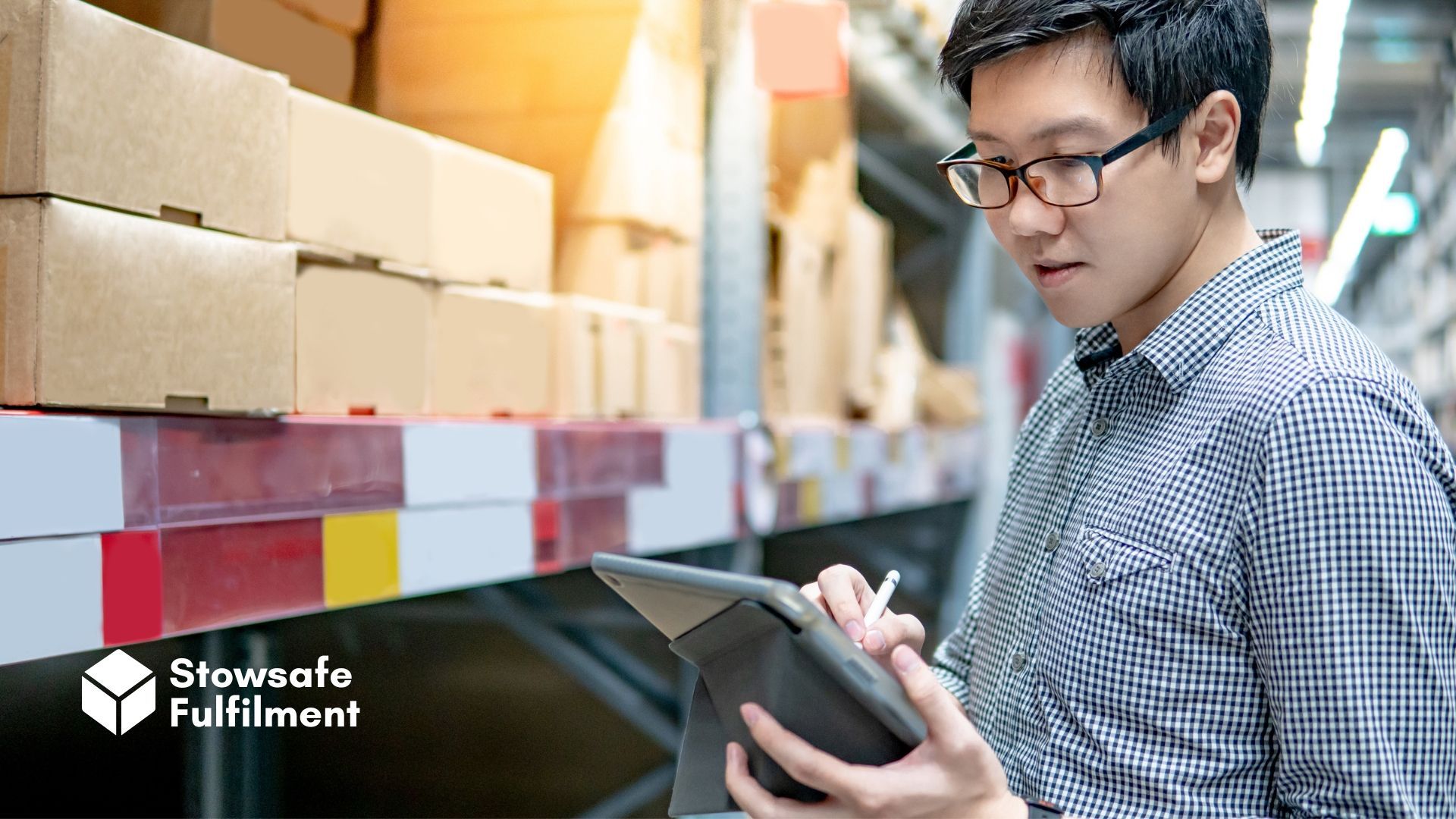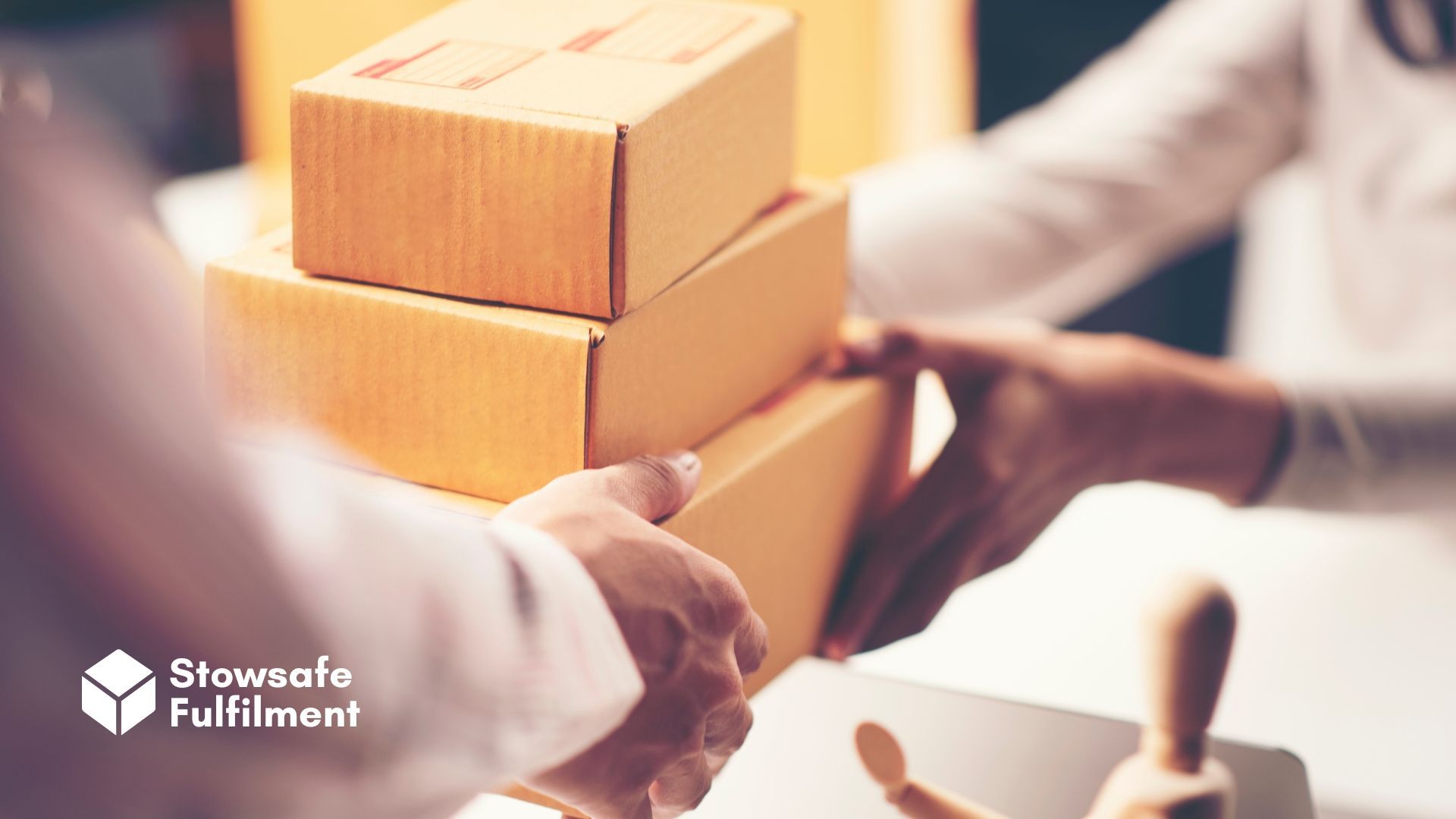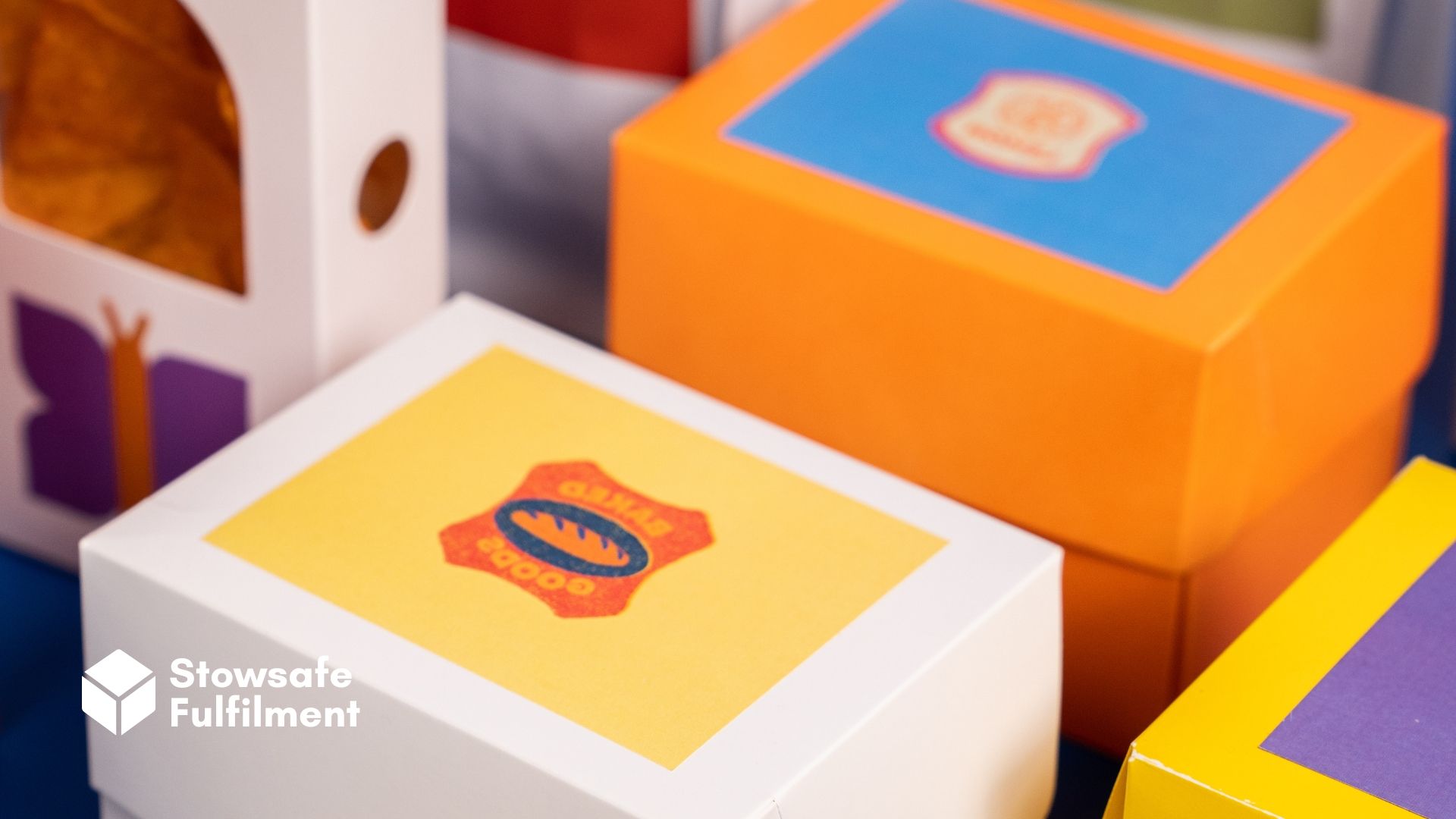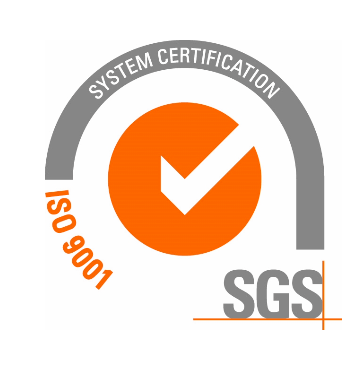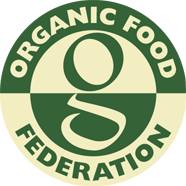Do you need warehouse space to store your inventory? You've got choices. Learn about the different types of warehouse storage in our article.
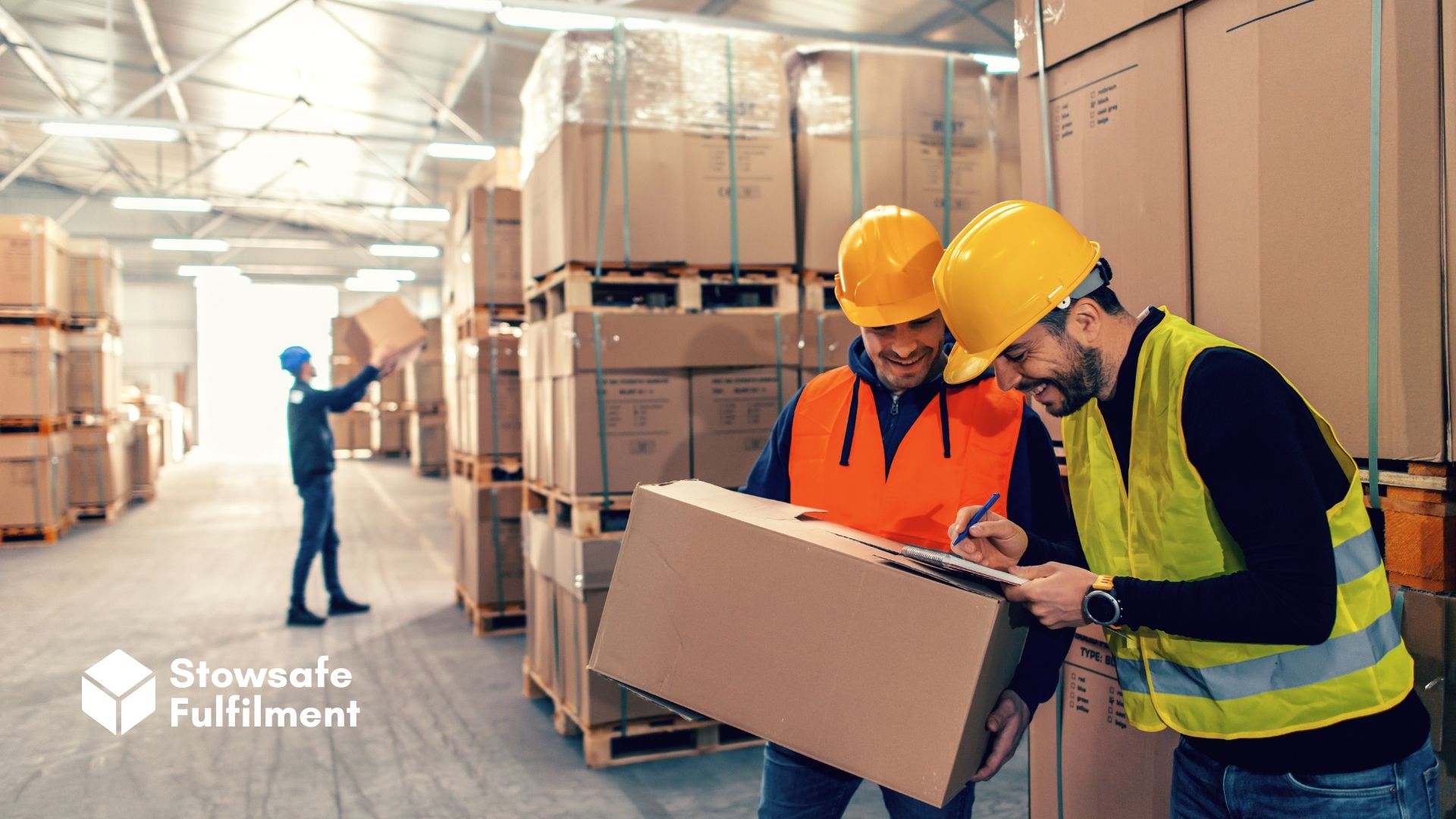
As any business owner will tell you, the success of an eCommerce brand depends on many things. The best product range in the world won't get you very far without memorable branding and targeted marketing, to take just two examples.
But how about your warehouse storage? It may seem like a trivial thing – like saying that the success of a restaurant kitchen depends on the quality of its cupboards. A warehouse is just a place to put your things before they're packed and dispatched, right?
In fact, warehousing is a key consideration for any business. If you're outsourcing storage, you need to be confident that your goods are being stored in a way that meets your needs.
When you outsource fulfilment, you're putting the welfare of your goods in the hands of strangers – and that means handing over a crucial part of your relationship with your customers, too. If your 3PL messes up, they might lose you as a customer. You stand to lose a lot more.
That's why it's important to choose a 3PL with care. A big part of this will centre on its attitude: are its team members professional, communicative and flexible?
However, it will also involve the far more practical and mundane question of its warehouse space.
In this article, we run through nine types of warehouse storage to help you pick the right partner for your brand.
1. Shelving
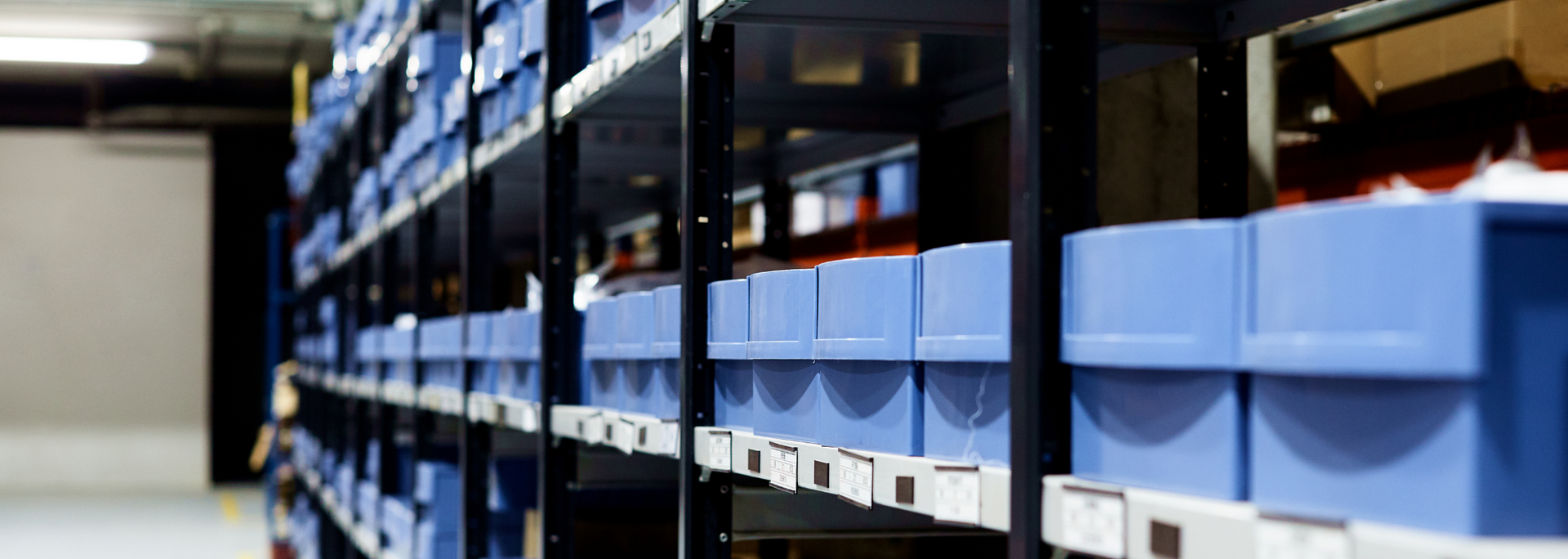
There are two main types of shelving: static and mobile. Mobile shelves are typically mounted onto a carriage system. Shelving is ideal for small, lightweight items that are manually picked and need to be regularly replenished. If your product is too heavy to carry or needs to be picked by forklift, you should look for a different type of storage.
Mobile shelving is one way of making the most of the available space and is often used for archiving.
2. Automated storage
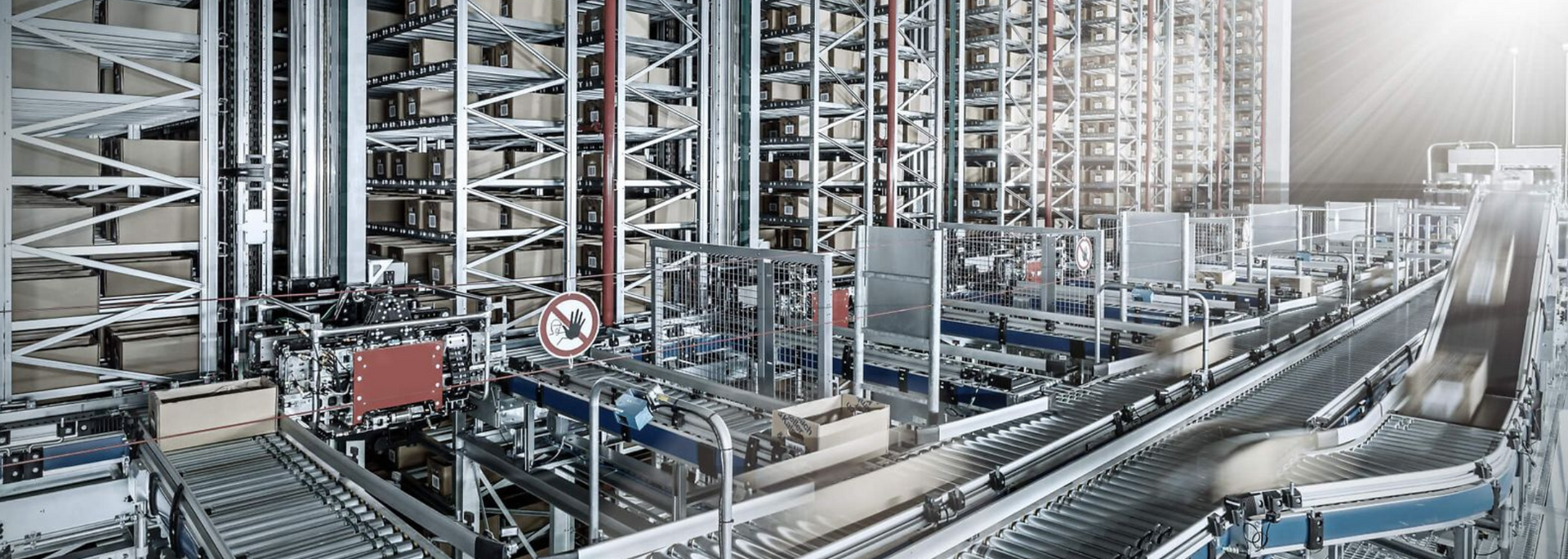
Automated storage is when a computerised picker retrieves the items for you. This can be an appropriate solution when picking small, fiddly items.
The main drawback of automated storage is that of automation in general. You still need a human to monitor the picker in case of a mechanical failure, so the cost benefits aren't as straightforward as they might seem.
3. Ambient storage
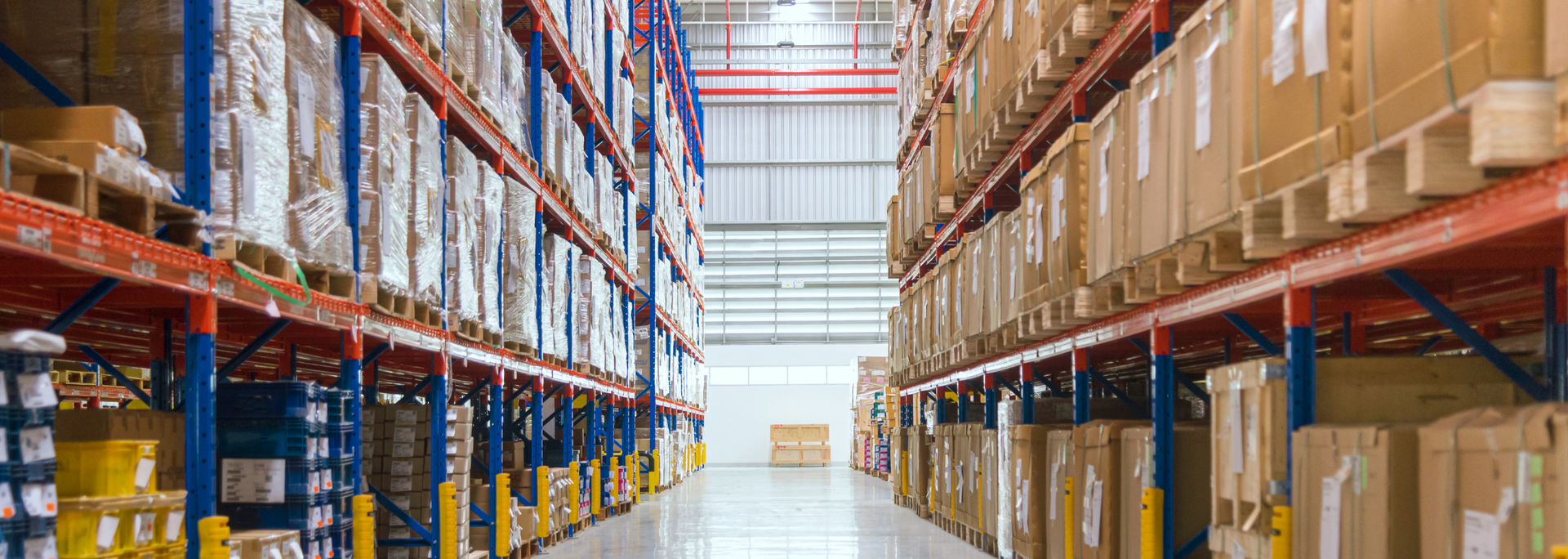
Some goods need to be kept in temperature-controlled environments. Others don't. Ambient storage is a warehouse that's kept at room temperature.
4. Cold storage
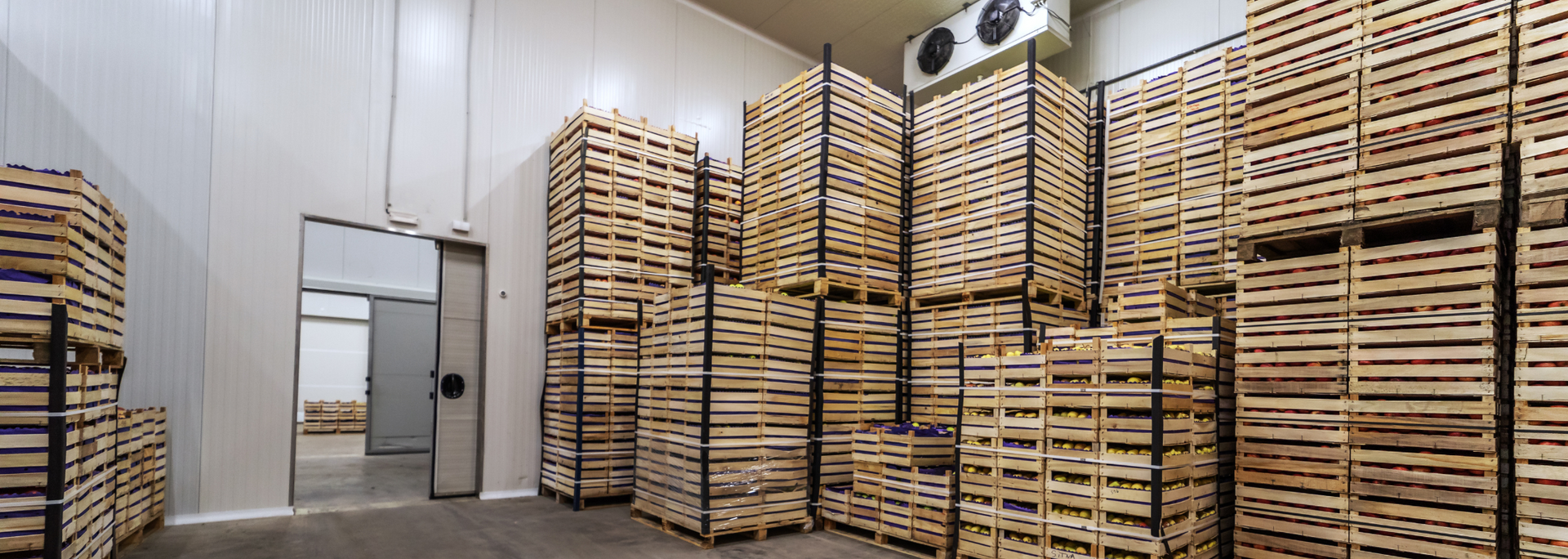
Some products need to be stored at a low temperature: not just perishables like food and flowers, but also items like medicine, cosmetics and candles. This is what cold storage provides.
5. Distribution centre
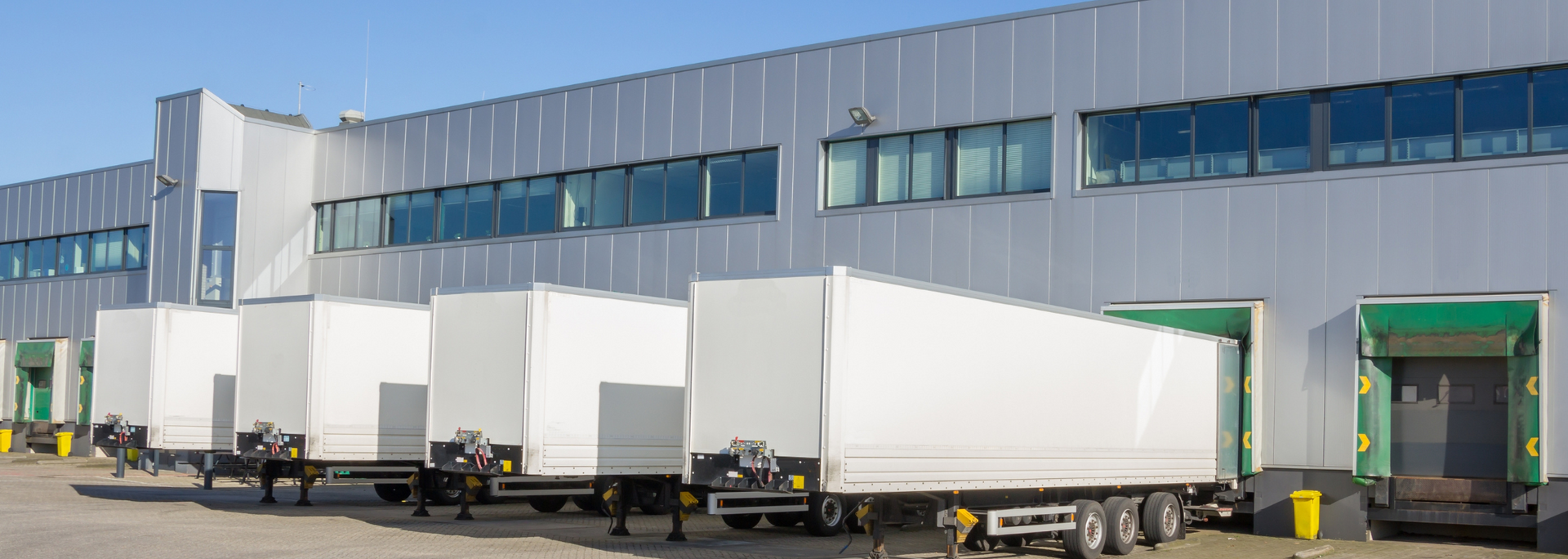
All distribution centres are warehouses, but only some warehouses are distribution centres. A warehouse is a place to store goods. A distribution centre is both a storage space and a hub for the transportation of goods.
In practice, this means that a distribution centre will see a much higher turnover of goods than a warehouse. Moreover, it will tend to be located close to urban centres and transport hubs. A distribution centre will also be kitted out with equipment for the picking, packing and dispatching of goods.
6. Pallet racks
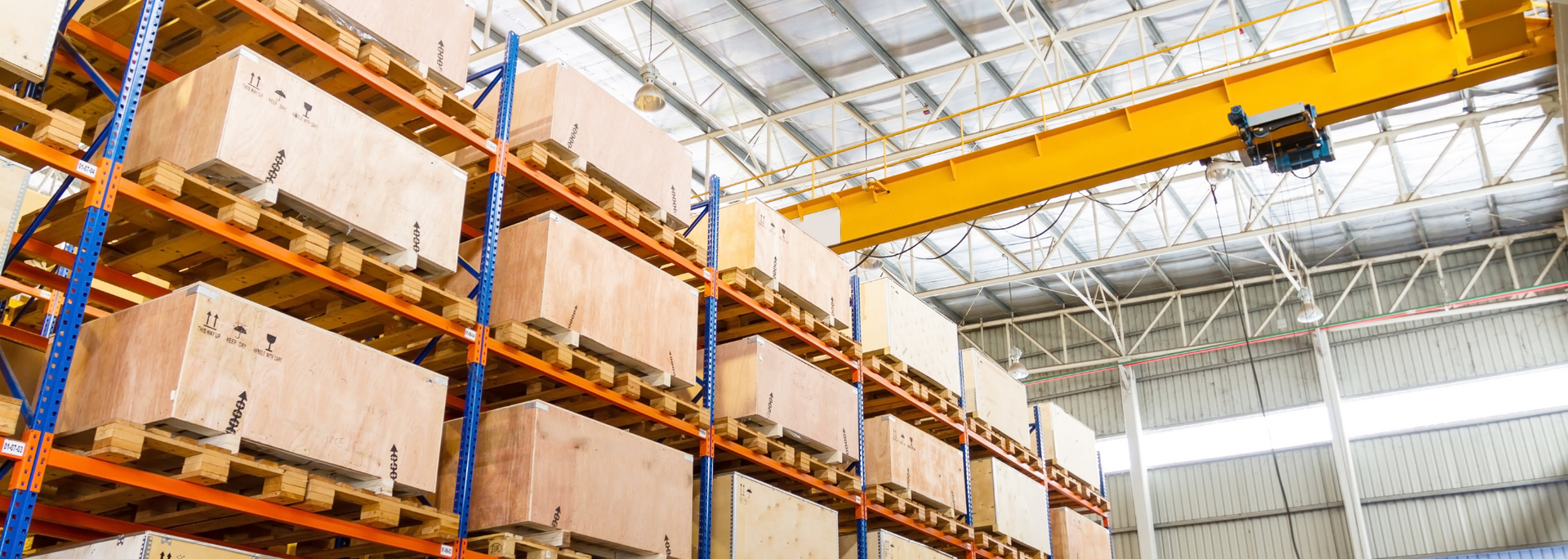
Pallet racks are used for boxed goods. They're typically made out of plastic, metal or wood and are used in conjunction with forklifts.
A key feature of pallets is their stackability. This means the warehouse owner can use the full height of the space as well as its width – one reason for its popularity as a storage method.
There are many different types of pallet racking. The most important consideration for the customer is whether the pallet racks will take the weight of your goods.
7. Multi-tier racking
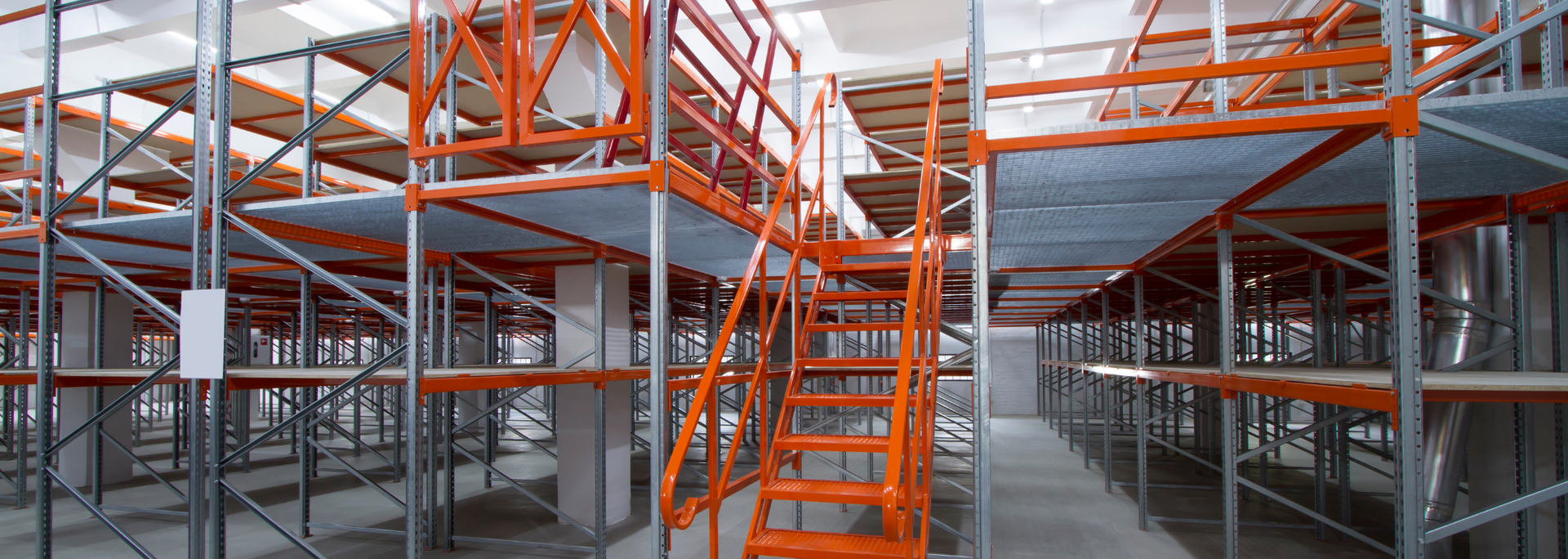
Like pallet racking, this is a way of using the full height of a warehouse. It introduces multiple storeys that can be accessed either by stairs or scissor lifts. This type of storage is often used for large quantities of small items.
Multi-tier racking can be a good option if you're expecting to scale up (or down). Tiers can be added or removed with ease.
8. Mezzanine flooring
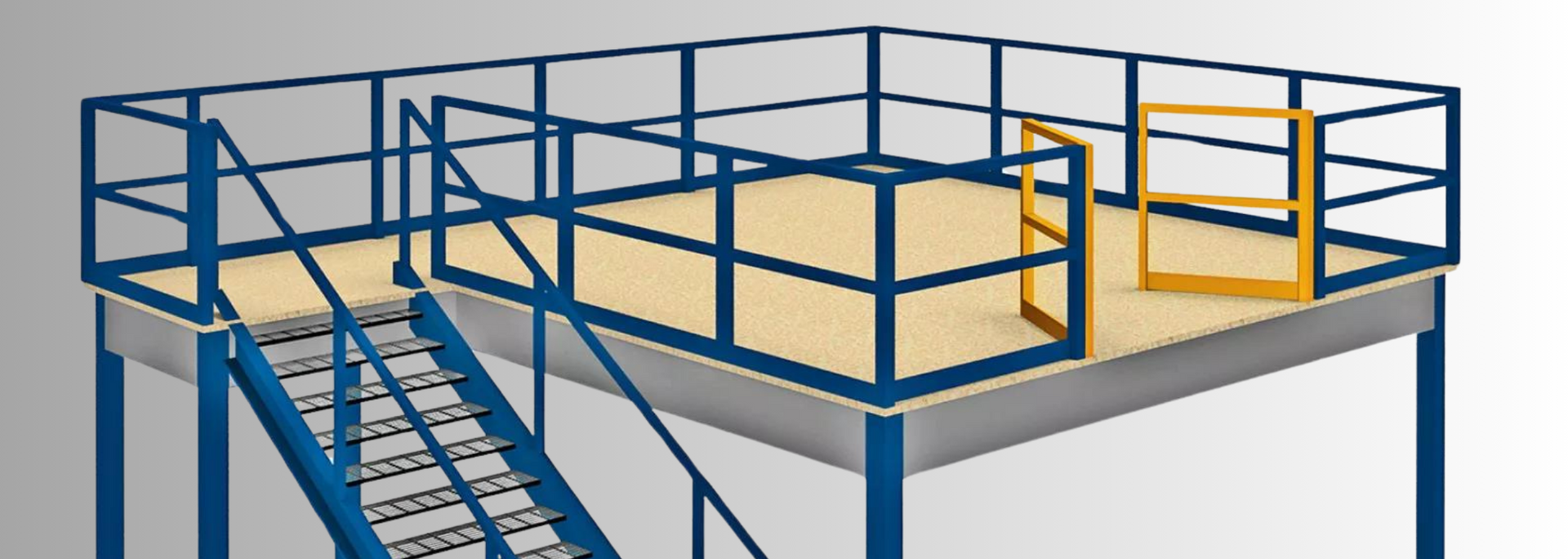
Mezzanine flooring is another kind of multi-tier system that can accommodate manually loaded shelving systems. A warehouse with mezzanine flooring will often have lift systems and conveyors to aid the picking process.
9. Wire partitions
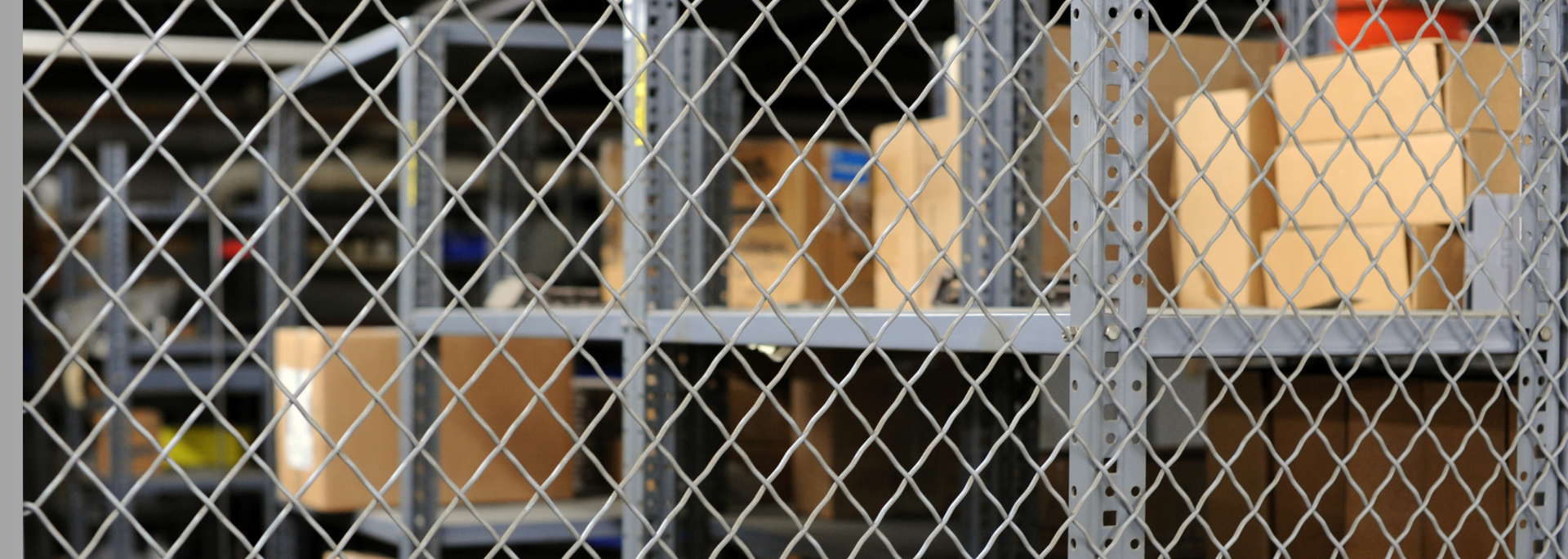
These are wire cages that can serve different purposes, storage being one. They let you see what's inside while limiting access. Their main advantage is that they can be installed and torn down quickly and without fuss.
Our storage capabilities
At Stowsafe Fulfilment, flexibility is our watchword. That means two things: scalability and expertise in storing items from a wide range of sectors.
Our state-of-the-art, 24,500-square-foot warehouse allows you to scale up and down in line with your business's journey. What's more, we've worked with customers from all sorts of sectors, meaning we can handle food items, clothing, luxury goods and more.
The space utilises mezzanine floors, variable height pallet racking and shelved pick bay areas for eCommerce customers. It's clean, organised and ready for action.
Final thoughts
Running a business means spinning plates – and that can often mean overlooking one or more aspects that will help it grow. Warehousing can be one of these.
A good warehouse isn't just a place to dump your stuff. It's a key part of the customer journey from order to fulfilment. A 3PL that's not up to scratch will only lead to botched orders and dissatisfied customers. Your business deserves the best.
That's why you should always be sure you're partnering with a 3PL that has the right storage space for you – one that's flexible, scalable and has a proven track record of working with a range of industries.
Are you looking for warehouse storage for your eCommerce business? Learn more about our
fulfilment and storage process or
get in touch for a free, no-obligation consultation.
All Rights Reserved | Stowsafe Fulfilment


